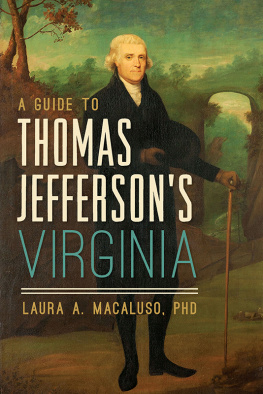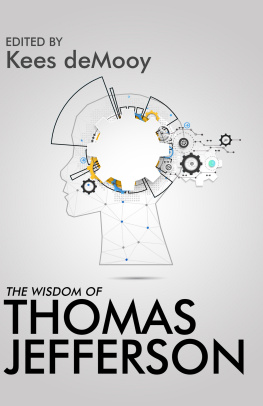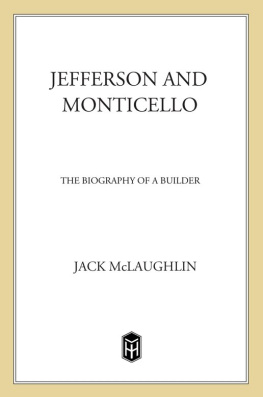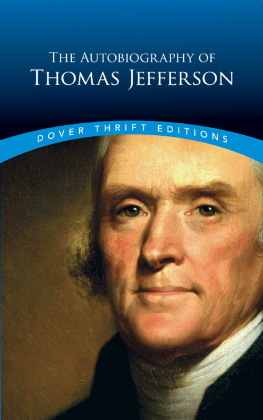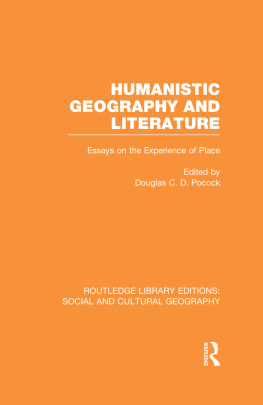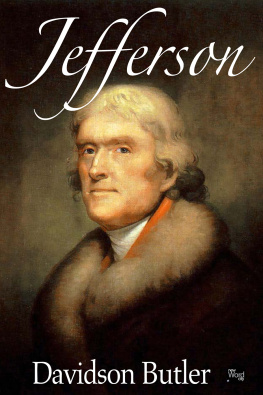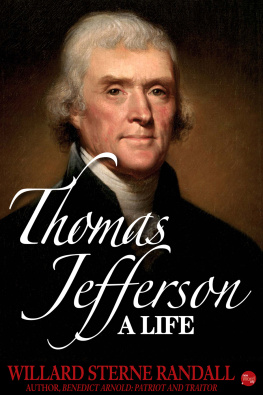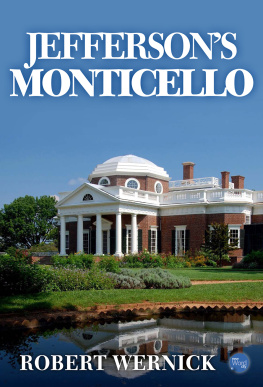Joel Kovarsky - The True Geography of Our Country: Jefferson’s Cartographic Vision
Here you can read online Joel Kovarsky - The True Geography of Our Country: Jefferson’s Cartographic Vision full text of the book (entire story) in english for free. Download pdf and epub, get meaning, cover and reviews about this ebook. year: 2014, publisher: University of Virginia Press, genre: Romance novel. Description of the work, (preface) as well as reviews are available. Best literature library LitArk.com created for fans of good reading and offers a wide selection of genres:
Romance novel
Science fiction
Adventure
Detective
Science
History
Home and family
Prose
Art
Politics
Computer
Non-fiction
Religion
Business
Children
Humor
Choose a favorite category and find really read worthwhile books. Enjoy immersion in the world of imagination, feel the emotions of the characters or learn something new for yourself, make an fascinating discovery.

- Book:The True Geography of Our Country: Jefferson’s Cartographic Vision
- Author:
- Publisher:University of Virginia Press
- Genre:
- Year:2014
- Rating:5 / 5
- Favourites:Add to favourites
- Your mark:
The True Geography of Our Country: Jefferson’s Cartographic Vision: summary, description and annotation
We offer to read an annotation, description, summary or preface (depends on what the author of the book "The True Geography of Our Country: Jefferson’s Cartographic Vision" wrote himself). If you haven't found the necessary information about the book — write in the comments, we will try to find it.
A philosopher, architect, astronomer, and polymath, Thomas Jefferson lived at a time when geography was considered the mother of all sciences. Although he published only a single printed map, Jefferson was also regarded as a geographer, owing to his interest in and use of geographic and cartographic materials during his many careersattorney, farmer, sometime surveyor, and regional and national politicianand in his twilight years at Monticello. For roughly twenty-five years he was involved in almost all elements of the urban planning of Washington, D.C., and his surveying skills were reflected in his architectural drawings, including those of the iconic grounds of the University of Virginia. He understood maps not only as valuable for planning but as essential for future land claims and development, exploration and navigation, and continental commercial enterprise.
In The True Geography of Our Country: Jeffersons Cartographic Vision, Joel Kovarsky charts the importance of geography and maps as foundational for Jeffersons lifelong pursuits. Although the world had already seen the Age of Exploration and the great sea voyages of Captain James Cook, Jefferson lived in a time when geography was of primary importance, prefiguring the rapid specializations of the mid- to late-nineteenth-century world. In this illustrated exploration of Jeffersons passion for geographyincluding his role in planning the route followed and regions explored by Lewis and Clarks Corps of Discovery, as well as other expeditions into the vast expanse of the Louisiana PurchaseKovarsky reveals how geographical knowledge was essential to the manifold interests of the Sage of Monticello.
Joel Kovarsky: author's other books
Who wrote The True Geography of Our Country: Jefferson’s Cartographic Vision? Find out the surname, the name of the author of the book and a list of all author's works by series.

